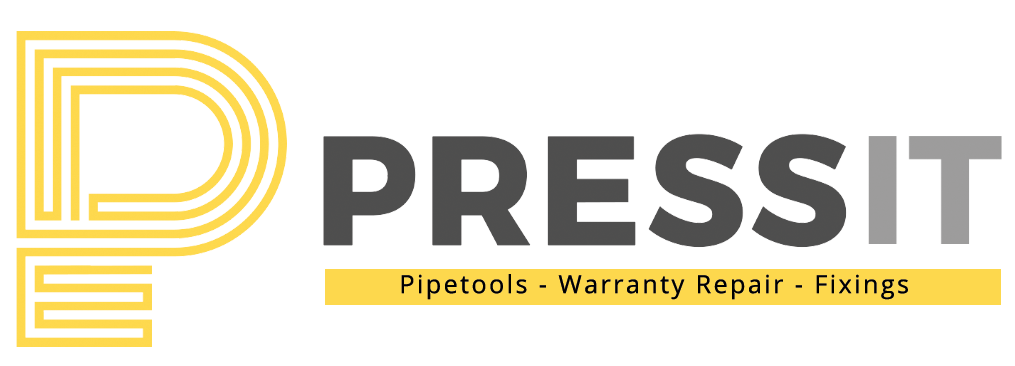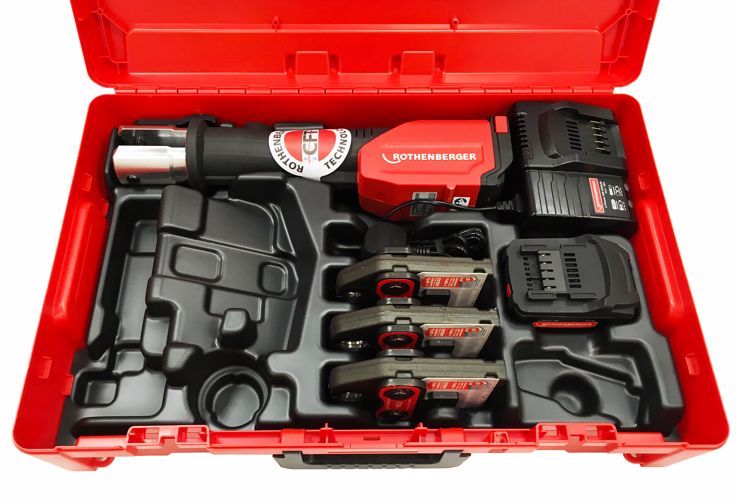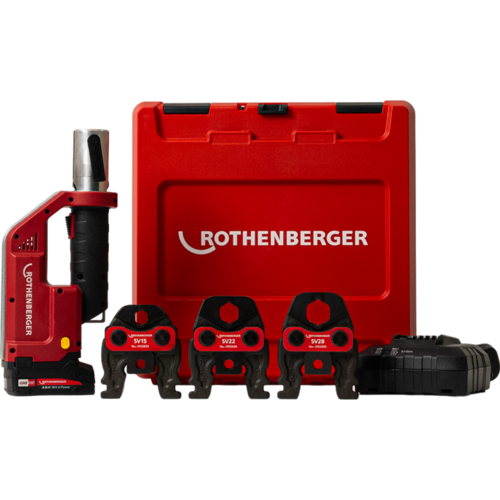Introduction to Rothenberger Press Tools
Rothenberger press tools have earned a stellar reputation in the plumbing and pipe-fitting industry due to their rugged build, precision, and ease of use. Whether you're a tradesperson or a contractor, maintaining your press tool is crucial to ensure continued reliability and maximum lifespan. In this guide, we walk you through a complete maintenance regimen, tailored specifically for Rothenberger users.
Why Regular Maintenance Is Essential
Longevity and Performance
Routine maintenance significantly extends the life of your Rothenberger press tool. Keeping moving parts clean and well-lubricated reduces friction, prevents unnecessary wear, and ensures each press is as efficient as the last.
Safety and Compliance
Proper care also ensures the tool operates within safety standards, reducing the risk of on-site accidents or faulty pipe connections. A well-maintained press tool aligns with British safety codes and manufacturer guidelines, ensuring regulatory compliance.
Tools and Supplies You’ll Need
Before you begin, it’s essential to have the correct supplies ready. Here’s a quick checklist:
Cleaning Supplies
Microfibre cloths
Soft brushes
Mild detergent or tool-specific cleaner
Compressed air canister
Lubricants and Grease
Manufacturer-approved lubricant
Silicone-based grease
Anti-corrosion spray
Daily Maintenance Routine
Inspect Before Every Use
A simple visual check can go a long way. Look for:
Cracks in the housing
Wear or chips in the pressing jaws
Battery damage or corrosion
Loose bolts or components
Cleaning the Press Jaw and Housing
At the end of each workday:
Wipe the press jaws clean of any debris or grime.
Use a soft brush to clean inside crevices.
Spray a light coating of lubricant on moving parts.
Weekly Maintenance Checklist
Battery and Charger Check
Inspect terminals for corrosion.
Test charging capacity.
Ensure proper storage away from extreme temperatures.
Mechanical Joint Inspection
Examine the internal linkages for signs of:
Over-tightening
Unusual wear patterns
Loose fastenings
Monthly Service Procedure
Recalibration Recommendations
All Rothenberger press tools should be recalibrated every 20,000 cycles or annually—whichever comes first. Some newer models come with built-in cycle counters for easy tracking.
Internal Components Check
Open housing if permitted by the manufacturer.
Check gear alignments and springs.
Clean and re-lubricate internal gears.
Common Maintenance Mistakes to Avoid
Using generic lubricants not approved by Rothenberger
Storing the tool while wet or dirty
Ignoring recalibration reminders
Applying excessive force during jaw cleaning
Storage Best Practices
Temperature and Moisture Control
Store in a cool, dry place. Avoid environments with:
Extreme humidity
Fluctuating temperatures
Direct sunlight
Protective Case Usage
Always store your tool in its original hard-shell case to:
Prevent accidental damage
Minimise dust accumulation
Maintain calibration
Troubleshooting Tips for Common Issues
| Symptom | Possible Cause | Recommended Fix |
|---|---|---|
| Tool not powering on | Battery issue | Check charge or replace battery |
| Jaws not fully closing | Debris or misalignment | Clean and inspect for damage |
| Reduced pressing force | Lack of lubrication | Apply approved grease to gears |
| Tool overheating | Continuous usage | Allow tool to cool down and inspect airflow areas |
Frequently Asked Questions
Q1: How often should I clean my Rothenberger press tool?
A: Clean it at the end of every working day. Daily upkeep ensures optimal operation and longevity.
Q2: Can I use WD-40 to lubricate my tool?
A: No. Use only Rothenberger-approved lubricants to avoid damaging seals or components.
Q3: What’s the life expectancy of a Rothenberger press tool?
A: With regular maintenance, these tools can last over 10 years in professional settings.
Q4: Should I recalibrate the tool myself?
A: No. Always have recalibrations performed by authorised service providers.
Q5: How do I know when servicing is due?
A: Some models have cycle counters; others require manual tracking. Keep a maintenance log.
Q6: Is it safe to use the press tool in wet conditions?
A: No. Use in dry environments only to avoid electric hazards and internal corrosion.
Conclusion
Maintaining your Rothenberger press tool isn’t just about extending its life—it’s about ensuring every job you complete is safe, precise, and professional. With the tips and checklists outlined in this guide, you’re now equipped to perform day-to-day and long-term maintenance confidently. Treat your press tool well, and it will return the favour for years to come.



